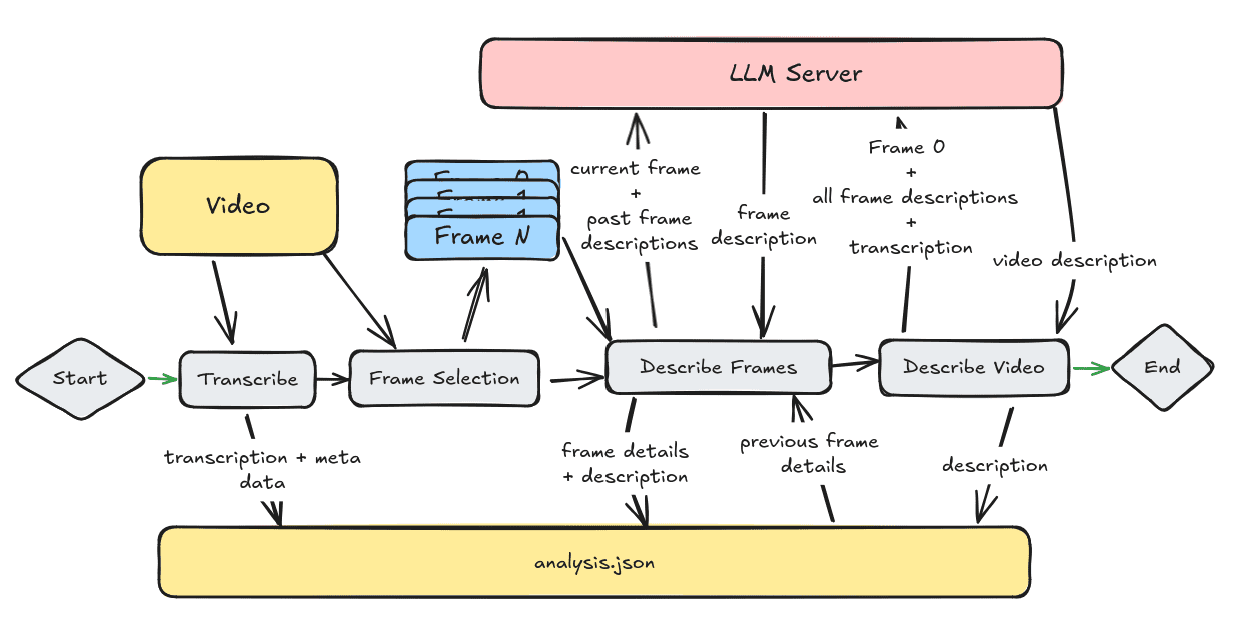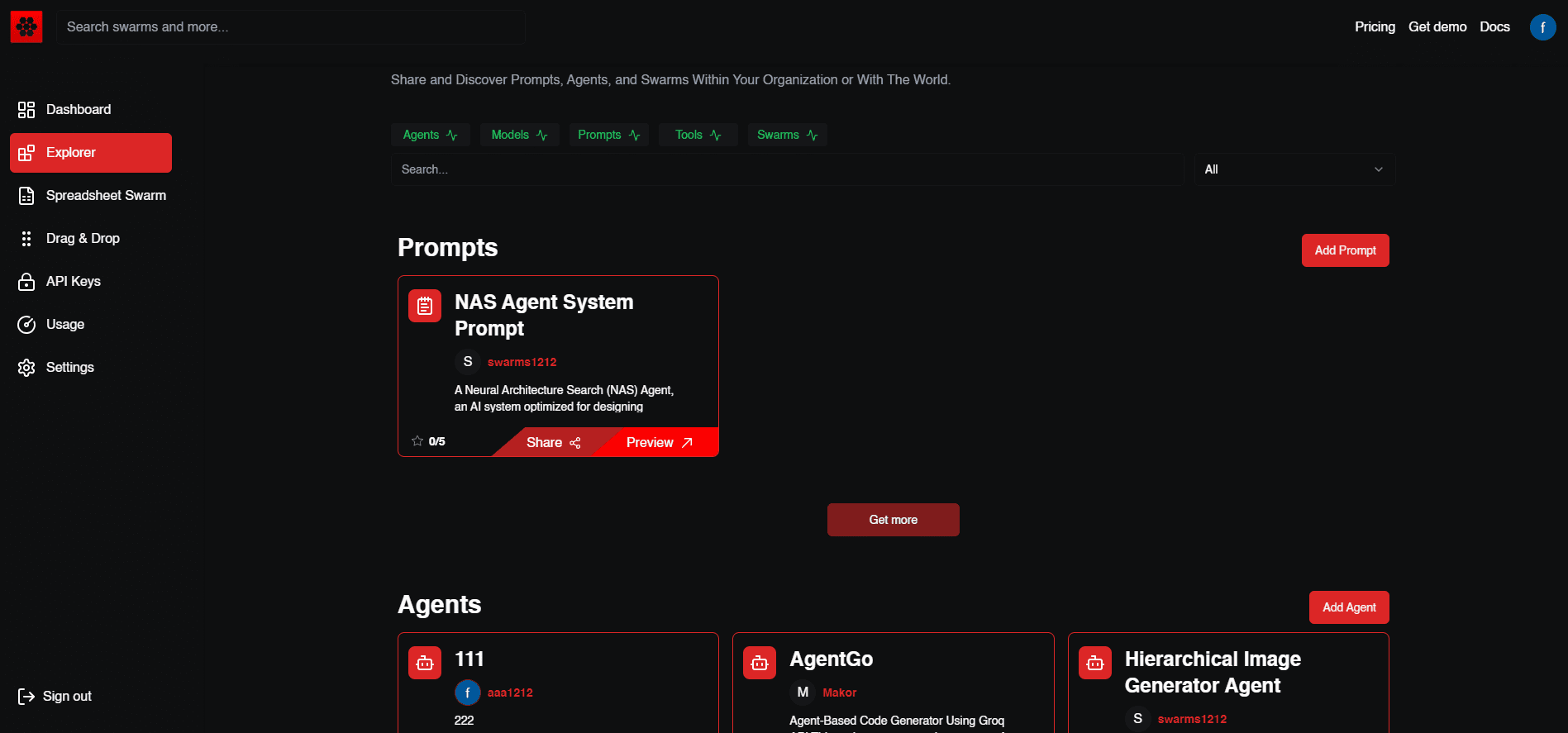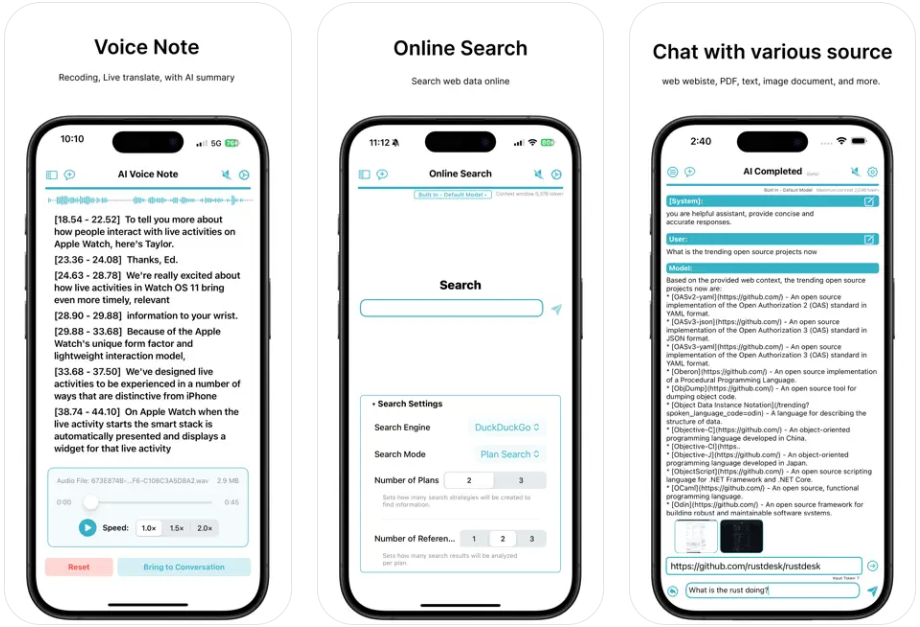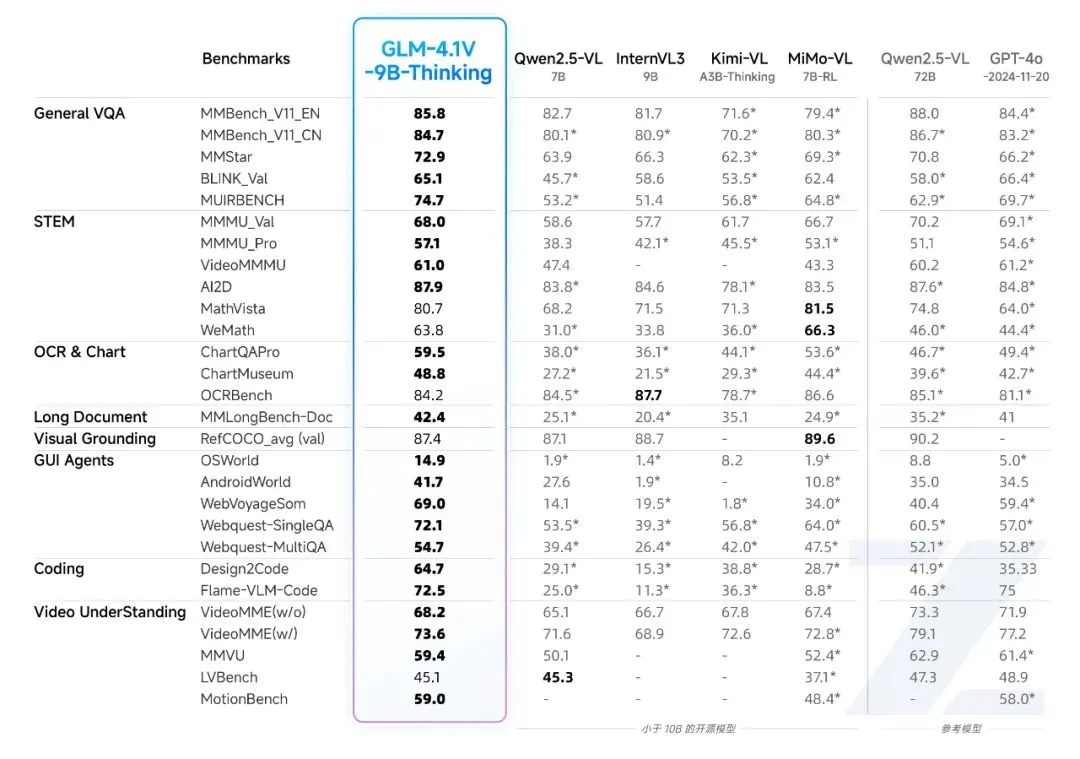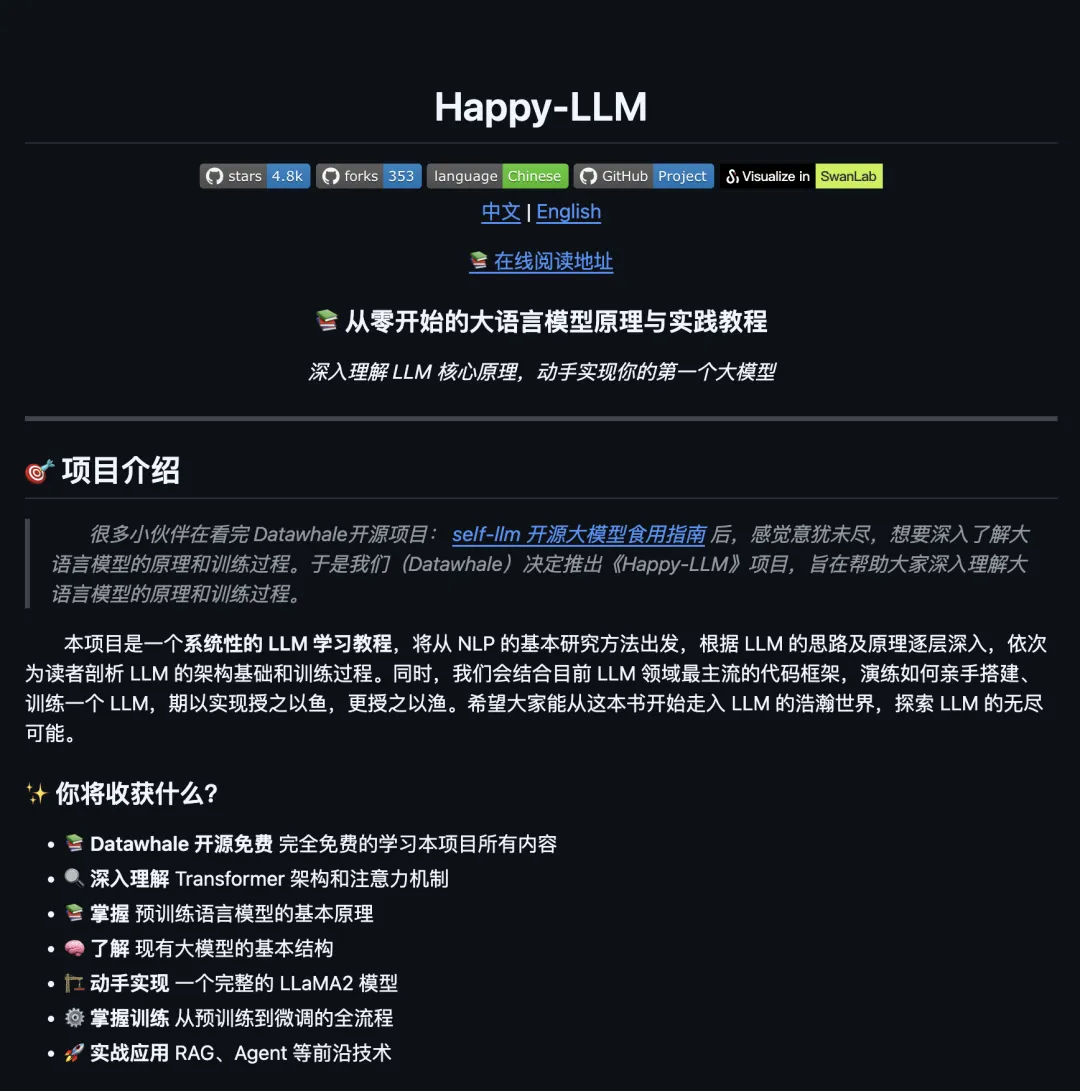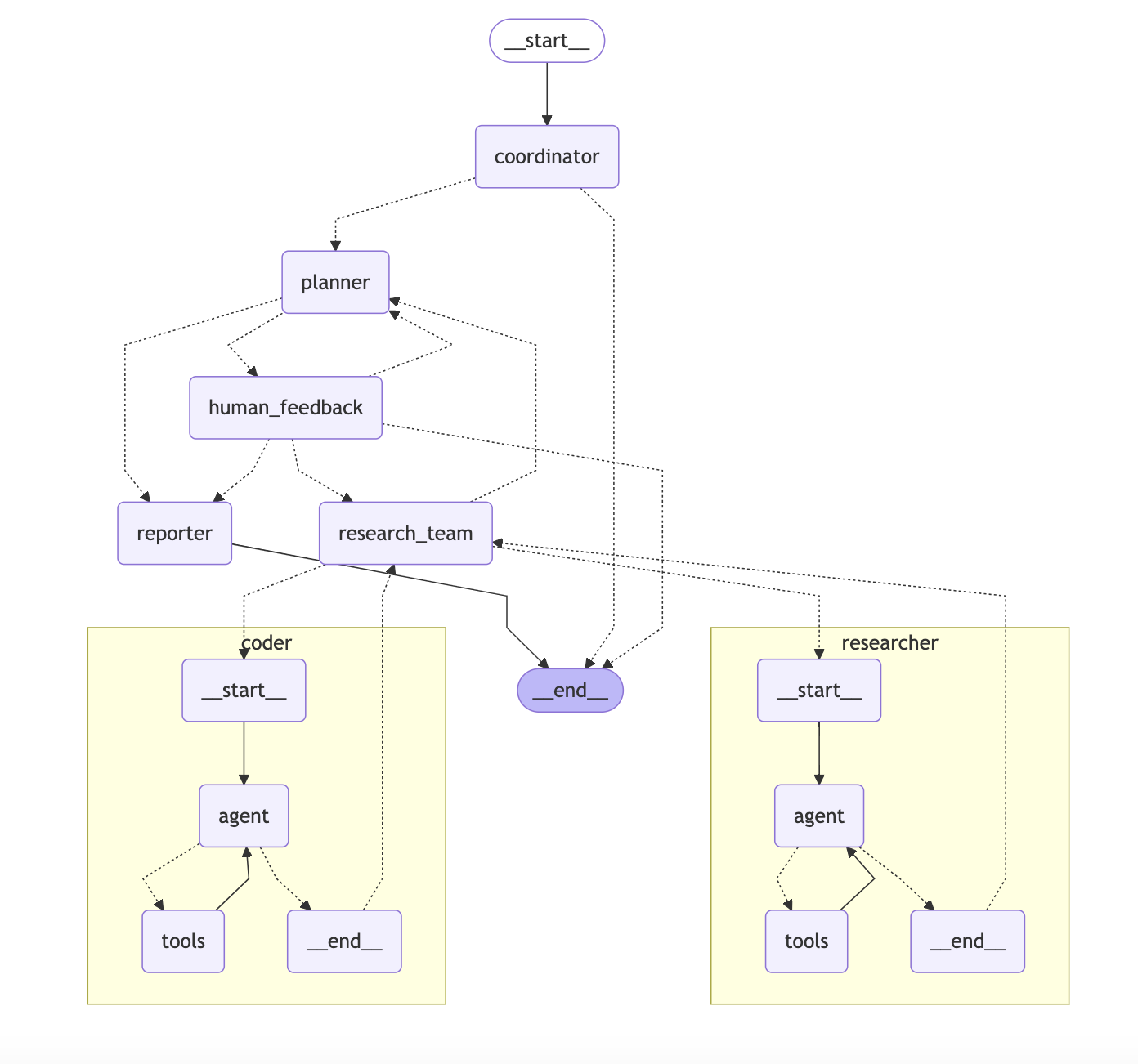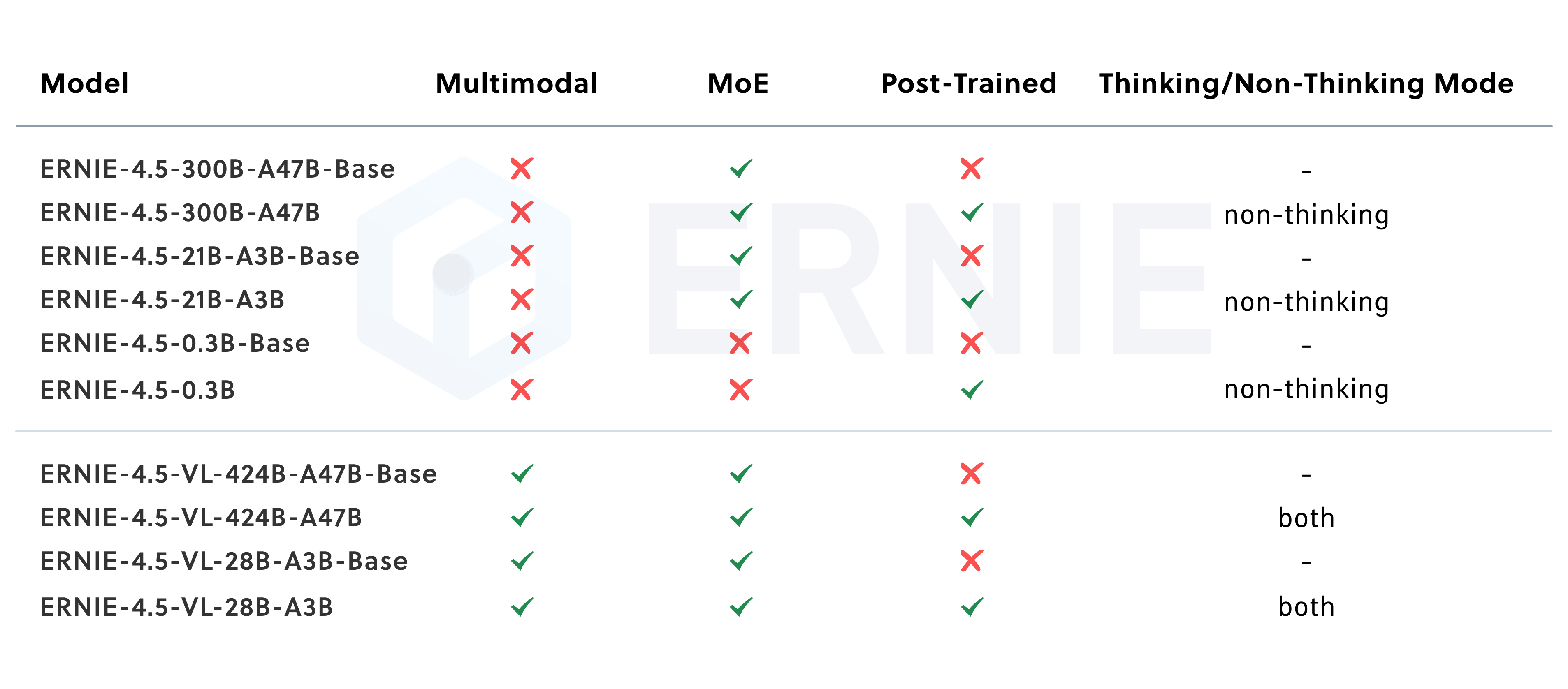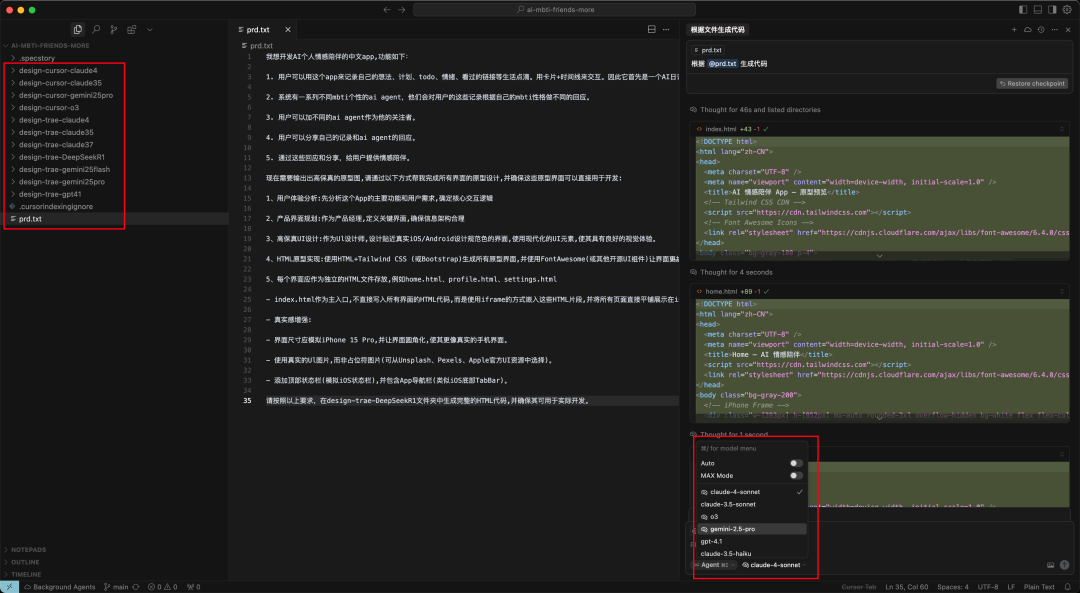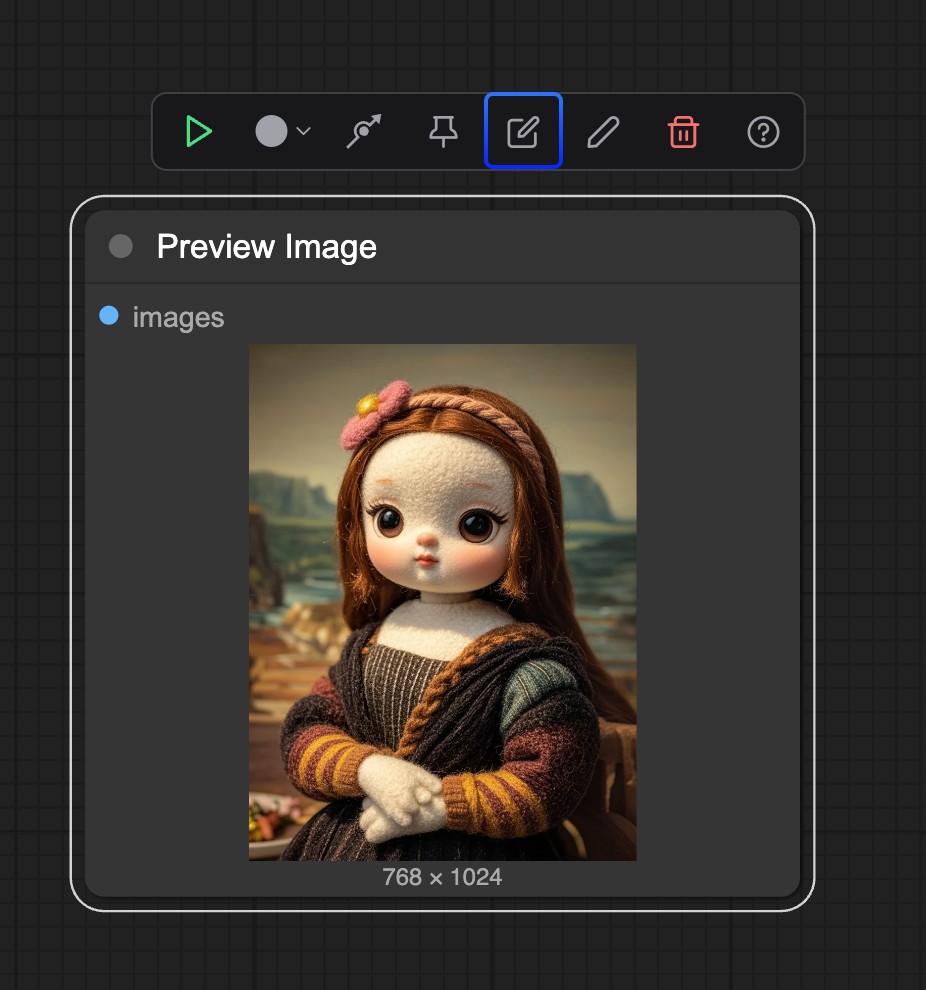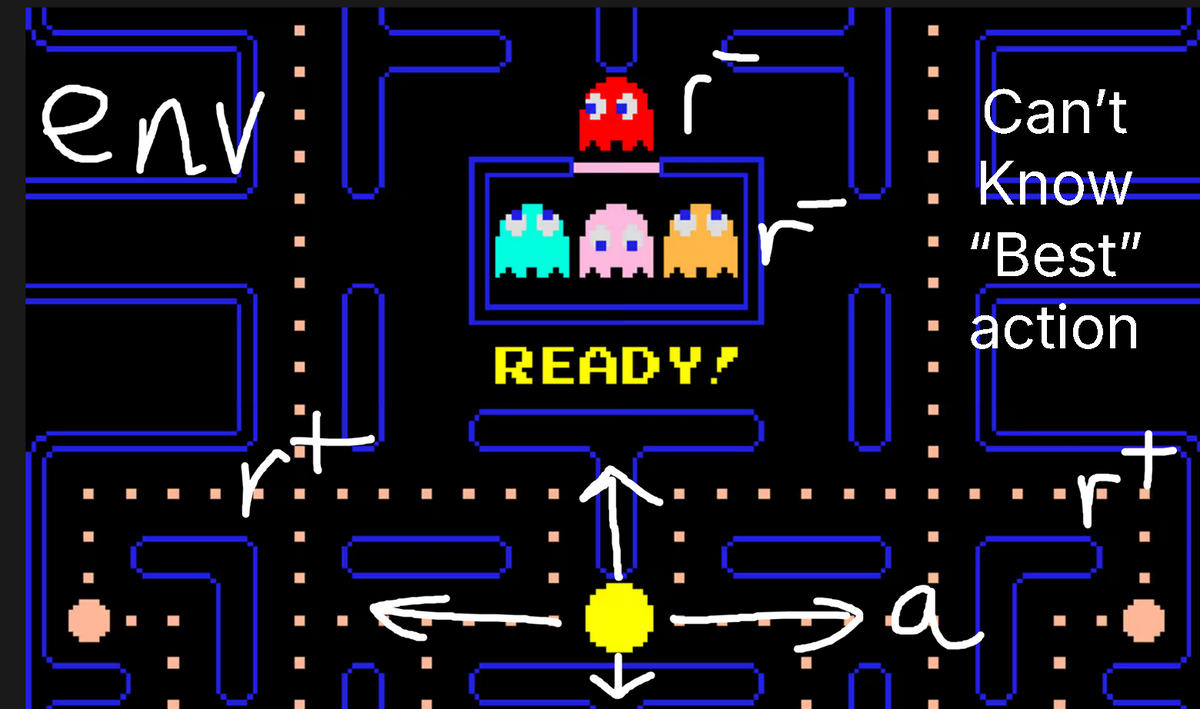japanese-analyzer is an open source Japanese text analysis tool hosted on GitHub and created by developer cokice. It focuses on processing Japanese text , providing participle , morphological analysis and other functions , suitable for the need to parse Japanese content developers or learners . The project is based on the Go language, and the code is open, allowing users to freely participate in the contribution. Its core goal is to help users efficiently disassemble Japanese text, extract words, lexical properties and other information, and provide support for language learning or natural language processing. The project has concise documentation and is suitable for users with a certain programming foundation.

Function List
- Japanese Text Splitting: Splitting Japanese sentences into words or phrases.
- Morphological analysis: identifying information such as lexical and morphological changes in words.
- Open source support: Full source code is provided, allowing users to customize modifications.
- Cross-platform compatibility: Based on Go language, supports multiple operating systems.
- Community Contribution: Users can participate in project development by submitting code or suggestions via GitHub.
Using Help
Installation process
japanese-analyzer is a Go-based tool that requires some programming environment configuration to install and use. The following are the detailed installation steps:
- Installing the Go Environment
Make sure you have the Go programming language installed on your computer (recommended version 1.16 or higher). You can visit Go Official Website Download and install the appropriate version of Go for your operating system. Once the installation is complete, run the following command to check for success:go versionIf version information is returned, the Go environment configuration is complete.
- Cloning Project Warehouse
Clone japanese-analyzer's code base using Git in a terminal or on the command line:git clone https://github.com/cokice/japanese-analyzer.gitThis will download the project to your local directory.
- Go to the project directory
Use the command to enter the cloned directory:cd japanese-analyzer - Installation of dependencies
The project may depend on some Go modules. Run the following command to install the dependencies:go mod tidyThis will automatically download the external packages needed for the project.
- Compile and run
In the project directory, run the following command to compile and execute the program:go run .If the project provides executables, you can also compile to generate binaries:
go buildThe compilation generates an executable file that you can run directly.
Usage
The core function of japanese-analyzer is to parse Japanese text. Here is how to do it:
1. Japanese Text Segmentation
Splitting is the main function of japanese-analyzer, which is used to split Japanese sentences into words or phrases. Let's say you have a Japanese sentence that needs to be analyzed, such as "私は毎日日本語を勉強します". You can enter this sentence into the tool and get the split result.
- procedure::
- Make sure the project is running (see "Compile and Run" above).
- According to the project documentation (located in the
README.mdor other files), find the interface or command to enter the text. - Assuming that the tool provides a command line interface, you can run a command similar to the following:
./japanese-analyzer -text "私は毎日日本語を勉強します" - Sample output results:
私 (代词) は (助词) 毎日 (副词) 日本語 (名词) を (助词) 勉強します (动词) - The results will show each word and its lexical properties, making it easy to understand the sentence structure.
2. Morphological analysis
Morphological analysis can further extract information such as word changes and lexical properties. For example, the verb "勉強します" will be analyzed into the stem "勉強" and the active form "ます".
- procedure::
- Specify the text to be analyzed on the command line or in code.
- If the project supports profiles, you can set analysis parameters in the profile, such as choosing the level of detail for lexical annotation.
- Example command (assuming tool support):
./japanese-analyzer -morph "勉強します" - Sample output results:
词干: 勉強 词性: 动词 活用: ます形
3. Customized development
japanese-analyzer is an open source project , developers can modify the code as needed . For example , you can add new participle rules or support for other languages to be analyzed .
- procedure::
- Open the project folder and view the source code using a code editor such as VS Code.
- modifications
main.goor other core documents to add customization. - Submit changes to GitHub and participate in community development:
git add . git commit -m "添加新功能" git push origin main
caveat
- Environmental requirements: Ensure that your Go environment is configured correctly and that you have a stable internet connection to download the dependencies.
- documentation reference: the project's
README.mdThe documentation may contain more detailed instructions for use and careful reading is recommended. - Community Support: If you run into problems, you can ask questions or see what's been discussed on the Issues page of the GitHub repository.
- adjust components during testing: If something goes wrong at runtime, check for Go version compatibility or completeness of dependencies.
By following these steps, users can quickly get started with japanese-analyzer and accomplish the task of parsing Japanese text. Whether you are a beginner learning Japanese or a developer who needs to work with Japanese data, this tool provides flexible support.
application scenario
- Japanese Language Learning
Students can use japanese-analyzer to analyze Japanese sentences to understand word properties and sentence structure, helping to memorize vocabulary and understand grammar. For example, if you input a Japanese text, the tool will output the participle and lexical properties, which makes it easy for learners to analyze it word by word. - natural language processing (NLP) development
Developers can integrate japanese-analyzer into their projects to build chatbots, translation tools or text analysis systems. Its open source nature allows for free modification and is suitable for customization needs. - Japanese Text Data Processing
Researchers or data analysts can use the tool to process large amounts of Japanese text, for example to analyze social media content, extract keywords, or study language patterns. The disambiguation and morphological analysis functions are particularly suited to text mining tasks.
QA
- Which operating systems does japanese-analyzer support?
It is based on the Go language development, support for Windows, macOS and Linux and other major operating systems, as long as the configuration of the Go environment can run. - Do I need a programming foundation to use it?
Yes, basic command line operations and knowledge of Go environment configuration are required to install and run. But regular users can wait for the community to develop a more user-friendly version of the interface. - Can it handle text in other languages?
The current version focuses on Japanese text analysis. If you need to support other languages, you may need to modify the source code or wait for community extensions. - How do I get involved in project development?
You can fork the project on GitHub, make changes to the code, and submit a pull request. Detailed contribution guidelines can be found in the project'sCONTRIBUTING.mdfound in the file.






